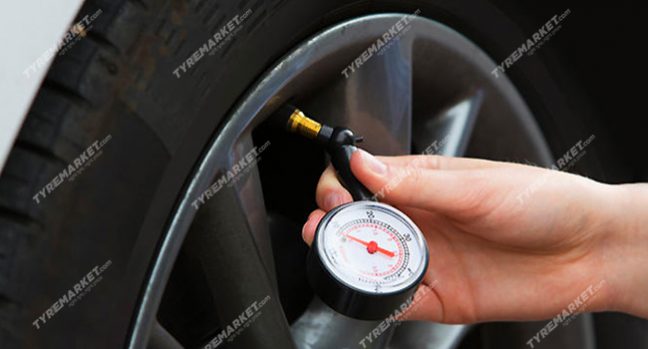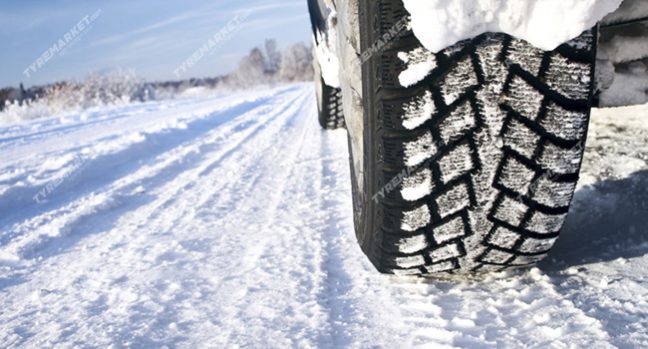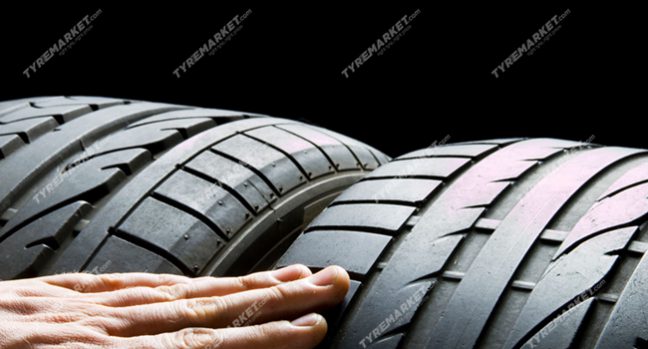At high temperatures, the tyres inflate visually because the air takes up more volume. On the other hand, the air takes up less volume during cold weather. The impact of weather on tyre pressure is visible during all the months.
At the point when the temperature is high, the air in your tyres takes up more volume, while when the temperature is chilly, the air takes up less volume. In this manner, when temperatures plunge, the digital meter in your vehicle accepts that your tyres are coming up short on air. The filling tension in tyres by and large drops by 1 to 2 psi for every 10 degrees the temperature brings down. Likewise, when you drive your vehicle, and the tyres warm-up, the strain in the tyres will expand one psi during every five-minute stretch in the initial 15 to 20 minutes you drive.
Tyre makers have a suggested psi, which directs an ideal tension level for your vehicle and its tyres. In any case, that psi number for tyre pressure is when the tyres are in a cool condition. . Preferably, when you inflate tyres with air, you should keep in mind that the tyres are still cool to match the default pressure for the vehicle. Measure the tyre pressure when you leave home and get the right pressure from the service station.
Why Is Tyre Pressure Important?

Your tyres require a specific measure of pressure depending on the vehicle dimensions, estimated in pounds per square inch (psi), to work appropriately. Excessively low or underinflated tyres (or to an extreme), air can prompt poor vehicle handling, irregular tyre wear and the potential for a flat tyre. Such tyres also overheat effectively and can lead your vehicle to go out of control while you try to steer in the right direction.
Buy Tyres Online for Your Car & Bikes
On the other hand, if you overinflate your tyres, your ride will be bumpier.
To keep away from the ramifications of over and under-inflated tyres, it’s vital to check your tyre pressure one time each month. Indeed, even without any driving, your tyres will in any case constantly lose pressure. Chances are, your vehicle won’t flag you until the psi is fundamentally low, so it’s critical to check your tyres physically. Making a propensity for checking your tyre pressure can assist with broadening the longevity of your tyres and will likewise make you mindful of minor issues before they become huge issues.
Impact Of Cold Weather On Tyre Pressure

A chilly climate can altogether bring down the tyre pressure, so keeping note of the psi units in the winter is crucial if you want a safe and comfortable ride. At the point when it’s cold outside, the air particles in your tyres contract, bringing down the tension of the tyres by up to two PSI for each 10°C. Notwithstanding, simply driving the vehicle can assist the tyres with warming somewhat, and this expansion in temperature should imply that tyres return to their typical tension. In outrageous or delayed spells of cold, it’s as yet prudent to check your tyre pressure month to month. Albeit most tyres expect that you ought to have a tyre pressure of 32 PSI, you should check the PSI proposal on the B pillar point plate prior to changing.
Low tyre tensions can build fuel consumption and compromise the steering of the vehicle, as well as make the tyre dividers more adaptable and subsequently bound to come into contact with the street. To forestall your tyre pressure from dropping and to keep away from these unfortunate results, keep your vehicle in a mechanic’s garage short-term, if conceivable, to prepare the tyre for the cold.
Impact Of Hot Weather On Tyre Pressure

Too much friction and resistance cause a development of heat inside tyres which makes the air inside extend, and in sweltering climates, the tension of your tyres will increase considerably further. Overinflating can be risky – conceivably bringing about smothered tyres, untimely wear, and obstruction with slowing down. The simplest way to check if the tyres are overheating is to check them physically. As dark tyres ingest heat on hot and bright sunny days, you’ll have the option to get a hint of how much the temperature is influencing your tyres.
Although most vehicles have a tyre pressure monitoring system (TPMS), you shouldn’t depend on it all the time. All things considered, check your tyre pressure utilizing a simple tool like a pressure gauge to see whether they’re overinflated. Driving the car within a desired speed limit and maintaining the tyres will lead to low friction and keep them in good condition for a long time.
Conclusion: Temperature Readiness Is Important

The long lifespan of tyres clearly depends on your awareness of the tyre pressure in different weather conditions. You should ensure that the tyres are properly inflated and that they match the psi units necessary to drive in hot or cold temperatures. You should always be prepared with the correct tyre pressure to have a smooth and comfortable drive across all seasons and weather.
 Help
Help
 Customer Care:
Customer Care:

 |
| 
 Help
Help










